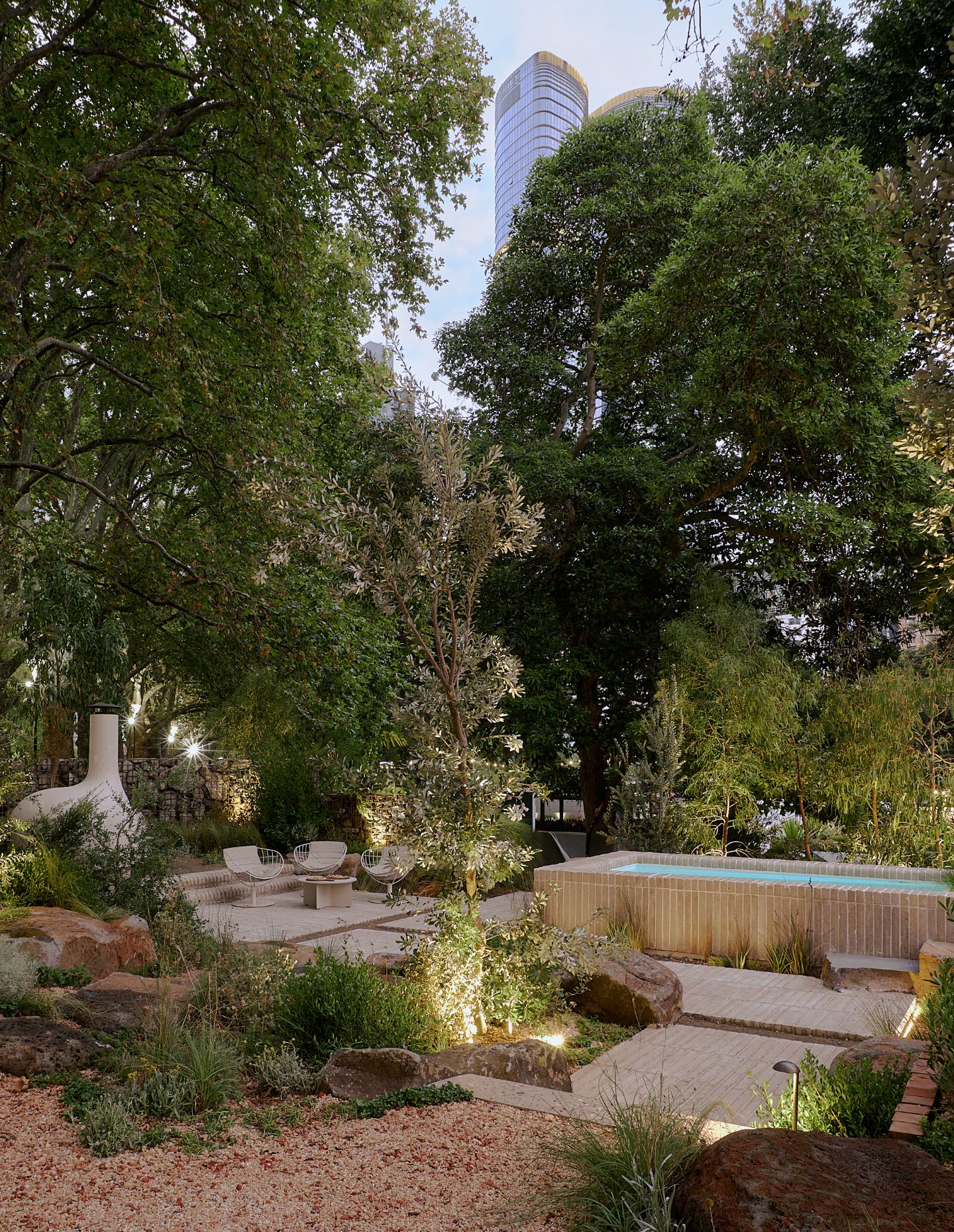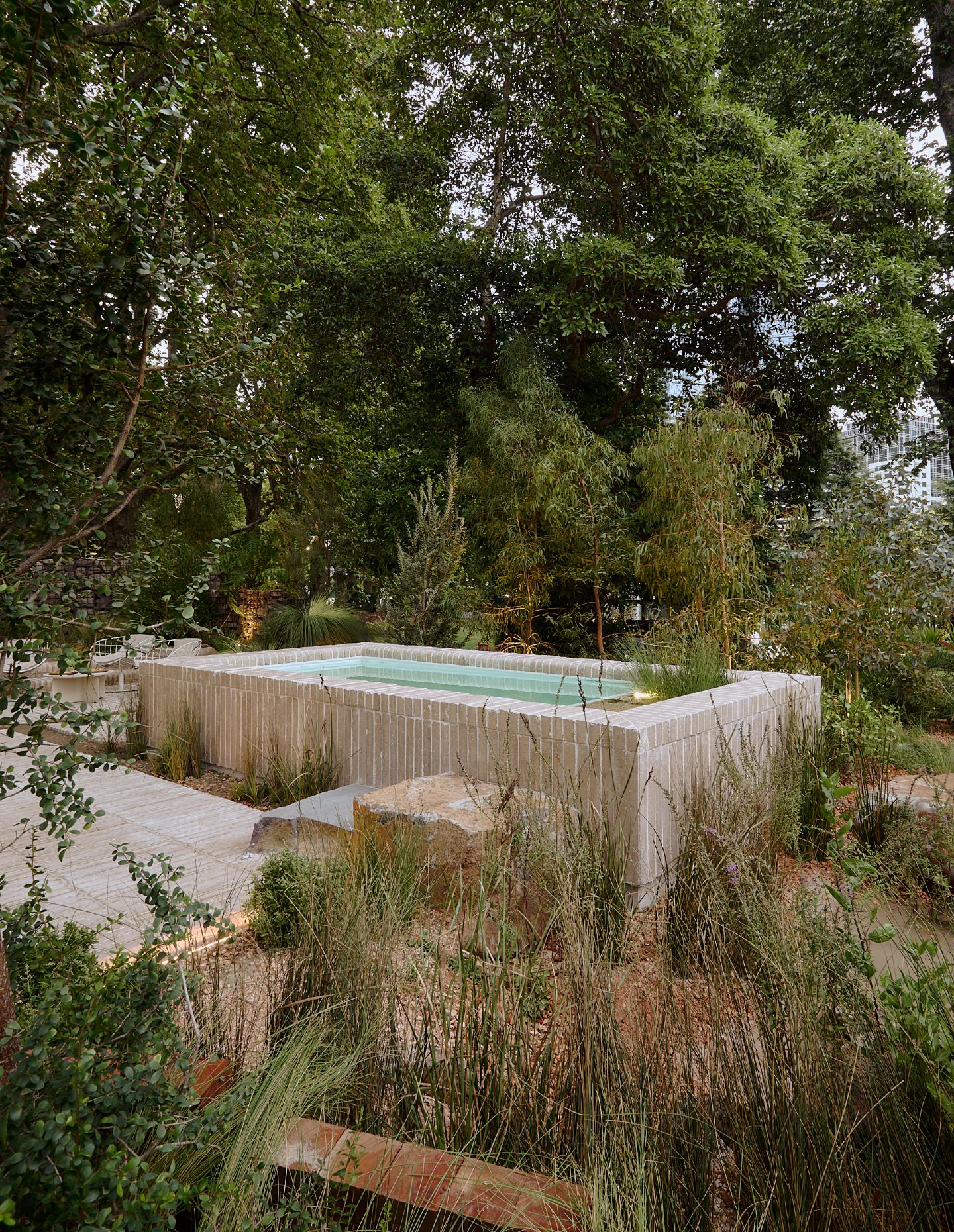The inherent versatility and durability of brick has guaranteed it to be the optimal building product for garden environments, withstanding the elements whilst also creating functional and visually stunning displays. Phillip Withers, Founder and Director of Phillip Withers landscape architect and horticultural studio based in Melbourne, shares his advice for inviting brick into the residential backyard with four tips for practical and appealing garden space.

1. Embrace structural forms
Create bespoke structural and architectural features throughout the garden, including brick seating areas, walls, pathways, or even a fire pit, enhancing the aesthetic appeal of the space. It’s a strong idea to employ intricate details such as bullnose edges for faces, junctions or step details to create elegant round structures, rejecting traditional straight line trajectories and leaning into the curving brick trend. Serving as both moments of striking artistic flair in the backyard space and as functional features, these architectural moments can be utilised to create intimate al fresco seating or dining areas – an ideal setting in which you can entertain friends and family, extending the living areas of the home beyond the boundaries of indoors.

2. Highlight native colour palettes
Consider the visual appeal of brick, particularly natural clay bricks, in their cohesive colour palette with native Australian foliage. Understanding and building sequential sample palettes from architecture through to landscape can see the riches in how brick can complement our wondrous diversity from inland high to coastal, and it’s something to behold. Incorporating brick into garden environments not only serves a functional purpose, as the complementary colours can create a visually stunning harmonious display when combined, enhancing the beauty of the backyard space.

3. Built to last
Bricks provide excellent resilience – they are durable, fire-proof, contain thermal mass for energy efficiency and do not emit any indoor air emissions, meaning that they are less susceptible to breakdown over time in comparison to other building products. A good brick will last the test of of time, and comes from a local natural resource, whereby even the consideration of the upfront embodied carbon in the manufacturing of bricks is being highly considered and investigated by manufacturers like Brickworks. This durability means that bricks are the ideal material for a myriad of garden applications, including retention walls and garden beds, creating lasting structural features that are built to endure the elements for years to come.

4. Reuse and recycle
The durability of brick not only makes them long-lasting building and reinforcement materials, but also ensures they are an eco-friendly and cost-effective solution in their recyclability; retaining bricks that may have been discarded through renovation or demolition, for example, or considering the ways in which these resources can be reimagined and revitalised to foster historic connection in your design. Sometimes the strongest connections can be told through these stories – you also can save a lot by designing with site-specificity and thinking practically about the history of a site.
This feature is produced with Brickworks.










